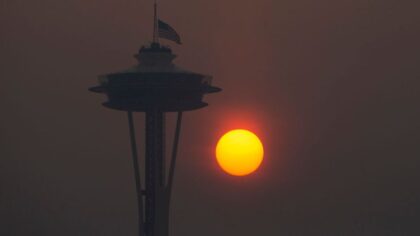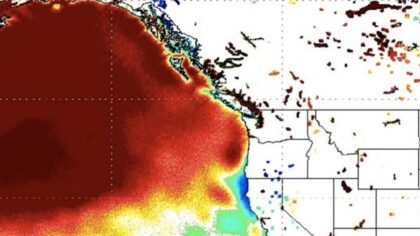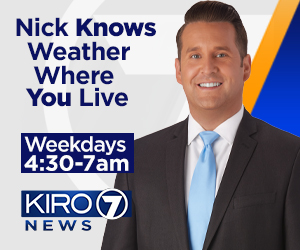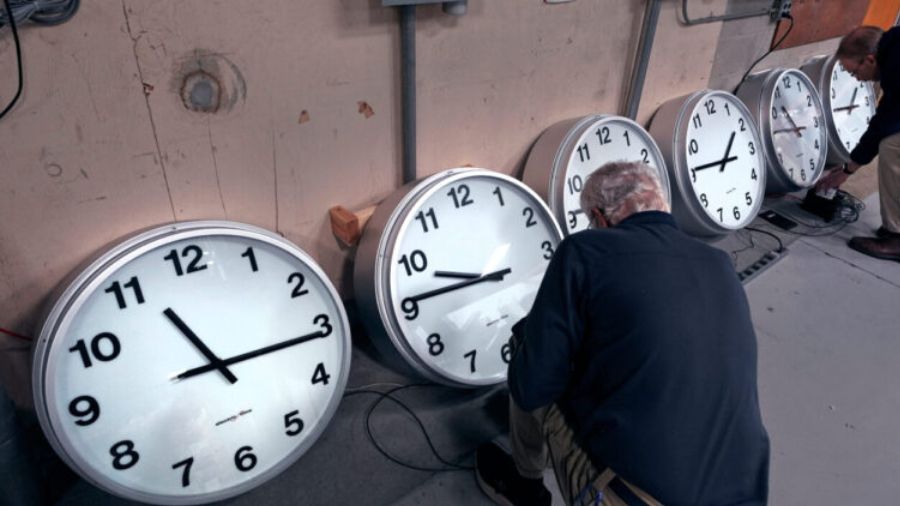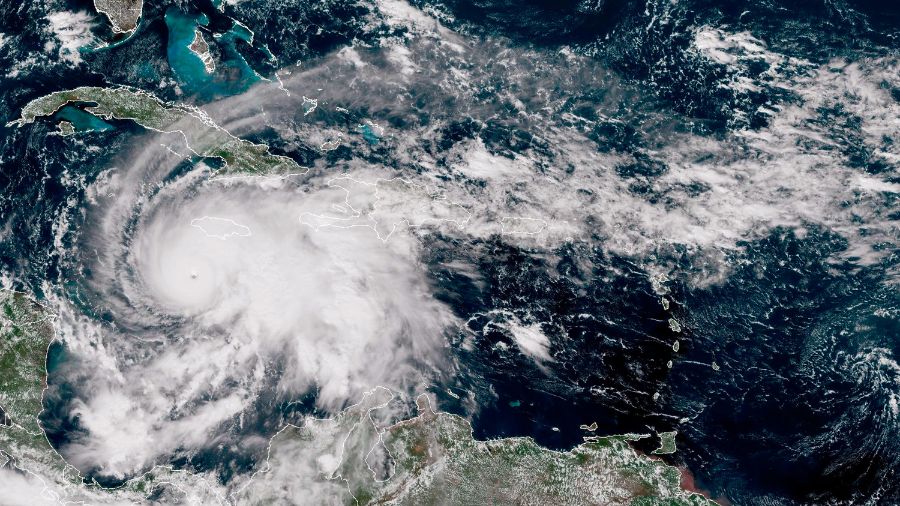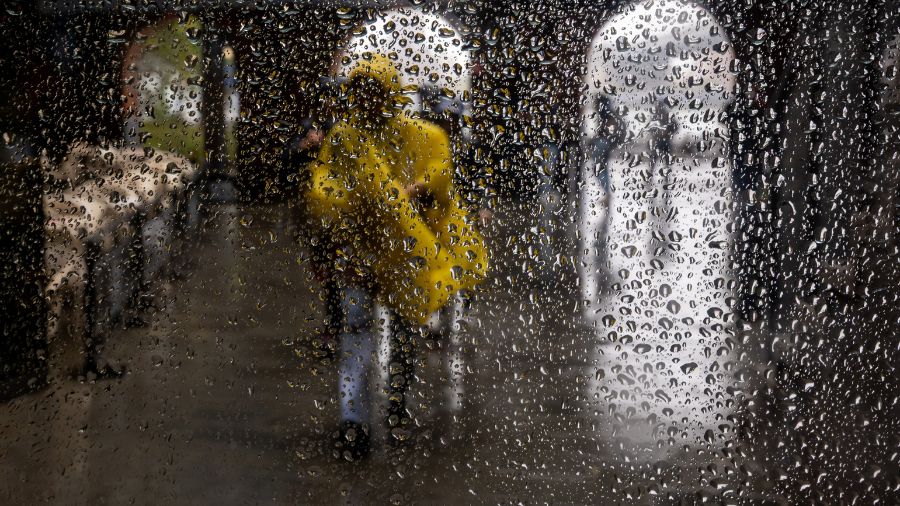Don’t miss this year’s final 3 supermoons
Oct 6, 2025, 7:02 PM | Updated: 7:06 pm
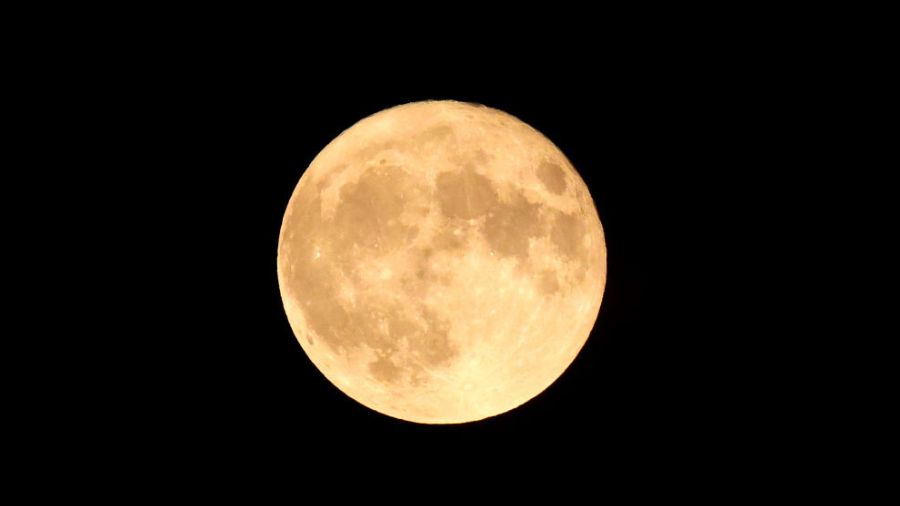
A supermoon rises in the night in Chicago, Illinois. (Photo: Scott Olson, Getty Images)
(Photo: Scott Olson, Getty Images)
There are three more supermoons expected this year, according to KIRO 7.
The celestial events will take place on October 7, November 5, and December 5.
A supermoon occurs when a full moon coincides with perigee—the moon’s closest point to Earth that month, NASA explained on its website.
Tuesday’s supermoon is called the Harvest Moon, according to EarthSky.
“The full Harvest Moon can occur anywhere from two weeks before the September equinox to two weeks after, or between September 8 and October 7,” EarthSky stated on its website. “So the Harvest Moon is either the last full moon of the summer season, or the first full moon in autumn.”
Those who miss October’s supermoon needn’t worry, as November’s full supermoon will be the closest supermoon of the year.
Supermoons take place three to four times a year and always appear consecutively, KIRO 7 stated.
Luckily for stargazers, this year there are four, as EarthSky reported there will be another supermoon in early January 2026.
Supermoons can cause higher-than-usual tides
The organization noted supermoons have the ability to cause higher-than-usual tides, sometimes called king tides or supermoon tides. However, that doesn’t mean flooding will follow.
“Flooding typically occurs when a strong weather system accompanies an especially high spring tide,” EarthSky stated. “According to Fred Espenak, the gravity from the closest supermoon is only 4% greater than the gravity from the moon at its average distance.”
Whether eyeballing the moon, using binoculars, or looking through a telescope, NASA pointed out the impact craters to look for on its website.
Follow Julia Dallas on X. Read her stories here. Submit news tips here.


